As we move swiftly into the midst of Autumn, I’ve been reflecting on the wildflower plants I’ve researched and recorded in blogs since May. It goes without saying that the variety and beauty have been a joy, but I’m also struck by the fascinating mythological history behind so many of them! I’ve really enjoyed this project each month and September was no exception, for although there were far fewer flowers there’s been a plethora of seeds and berries to include today (forgive me for this late posting!). I’m sure most of us will be familiar with this collection, they certainly take me back to my childhood days!
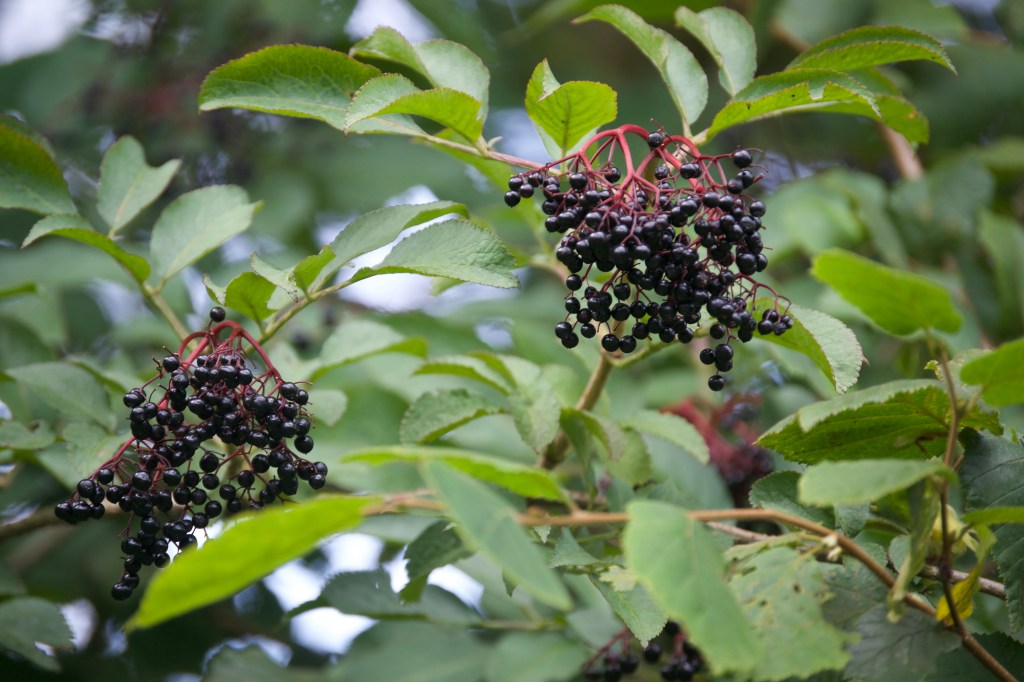
First up and it’s the juicy elderberry (sambucus) and a berrytable feast was awaiting the foragers amongst us in September – along canal pathways, hedgerows and indeed wherever they’ve previously set seed. The elderberry plant provides a valuable food source for birds and insects and for us humans, the flowers and berries may be used to make cordial, syrup, wine, liqueur and even gin. As it was used historically to help fight colds and flu, there’s a good excuse to indulge! However, it mustn’t be eaten raw as the berries are poisonous and can cause gastro-intestinal disturbances unless cooked.
The elderberry is a plant steeped in myth, symbolic of sorrow and death in Christian custom, but conversely there’s a Pagan belief in its ability to ward off evil.

With its frothy blossom and gorgeous bright red berries, crataegus monogyna, commonly know as hawthorn, is to be seen wherever there’s a hedgerow. Its most found commonly white flowers have a strong perfume and they emerge in clusters during May, giving rise to their collective common name. Hawthorn is invaluable to wildlife, supporting bees, butterflies, moths and a host of other insects. The haws, as the berries are known as are a food source for many birds. It’s a Pagan symbol of fertility and is strongly associated with May day and the beginning of summer. The trees leaves, flower buds and flowers are all edible and can be used raw in salads, but the haws are better cooked in jellies and wine as they’re another berry that can cause tummy upsets if consumed raw. We have a small tree in our garden – it is certainly a sight to behold in May!

What a fabulous seed head is produced by daucus carota! These wild carrot plants are growing freely on the margins of ponds on Hampstead Heath. The lovely white umbellifer flowers turn in on themselves when the plant goes into seed, making an attractive display. There’s been a significant wildflower planting and regeneration project to improve these ponds, I can only assume the carrot is one of the plants included in the initiative.
Ah, the wonderful chestnut – childhood memories of hunting down the best ones for playing ‘conkers’ come flooding back each September. I love their shiny patina when newly opened, but you have to be up early in the morning to find them, for if the squirrels don’t get there first, foraging children will! I’m surprised to find that the horse chestnut tree is not native to the UK (and so there is little by way of myth apart from the conker allegedly being a spider deterrent), but was introduced from Turkey 400 years ago and planted to line streets and in parks.

Belonging to the same family as oak and beech, the sweet chestnut, castanea sativa was introduced from Europe by the Romans. I can recall sweet chestnuts being roasted on bonfire night with the hot shell requiring careful handling! High in vitamins B and C and several minerals, they are commonly used in meat stuffings, but according to the Woodland Trust, the Romans also used them ground into flour or coarse meal. Sweet chestnut is another tree whose flowers provide for insects, bees and moths and of course, squirrels love the nuts!
I haven’t included the perennial rosebay willow herb, chamaenerion angustifolium in my previous wildflower blogs as it isn’t a favourite – having been a real nuisance on an allotment we had some years ago. However, I was struck by this swathe of seeding specimens and decided to forgive it as after all, it is a valuable plant for bees and insects. I haven’t found any myths about this plant surprisingly, but it has apparently been used to treat whooping cough, hiccoughing and asthma in the long distant past. Rosebay willow herb is an effective reproducer with its parachute assisted seeds and tenacious roots – no chance of eradication!

What a delight – these mouthwatering blackberries were just waiting to be picked – sweet and delicious! Ripening in late July, folklore advises that after Old Michaelmas Day in October, blackberries mustn’t be picked as they’ve been tainted by the Devil – where do these myths arise?! Blackberry liquor is a new one on me, I’ve only used them in jam, pies and eaten raw as I’ve been out walking. These glossy berries provide great support to wildlife as a food source for bees, birds, butterflies and a wide range of insects.



Grasses seeding in Walsall Country Park this September – it would be a mean feat to identify them all, so I’m just content to enjoy their rustling grace in the breeze…
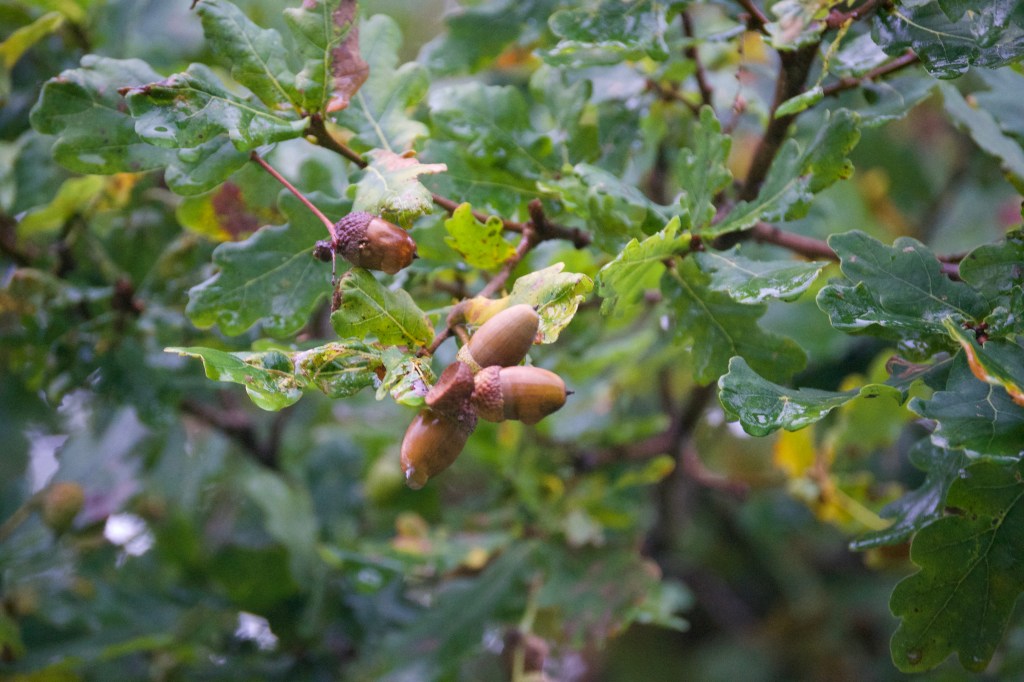
Saving the best until last, the Woodland Trust describes the magnificent oak as ‘the ruling majesty of the woods, the wise old English oak holds a special place in our culture, history, and hearts’. Importantly, quercus robur supports more life than any other UK tree species. Its value as a home and food source to wildlife is immense, including birds, beetles, butterflies and numerous other insects. We all know that squirrels love its autumn acorns and will hide them away over winter. A mighty plant indeed…
With thanks to the Woodland and Wildlife Trusts for the fascinating information they provide about our natural world, it’s been an education!
Next month we’ll be ablaze with colour – I’ll be featuring our woodland leaves and their ability to light up our autumn months – can’t wait!


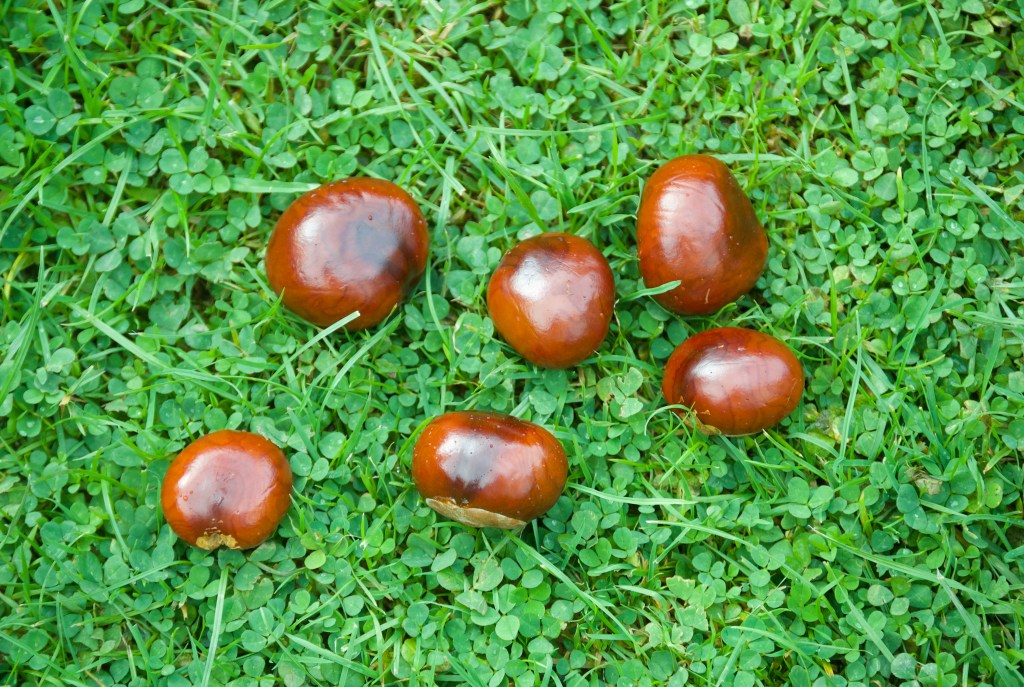
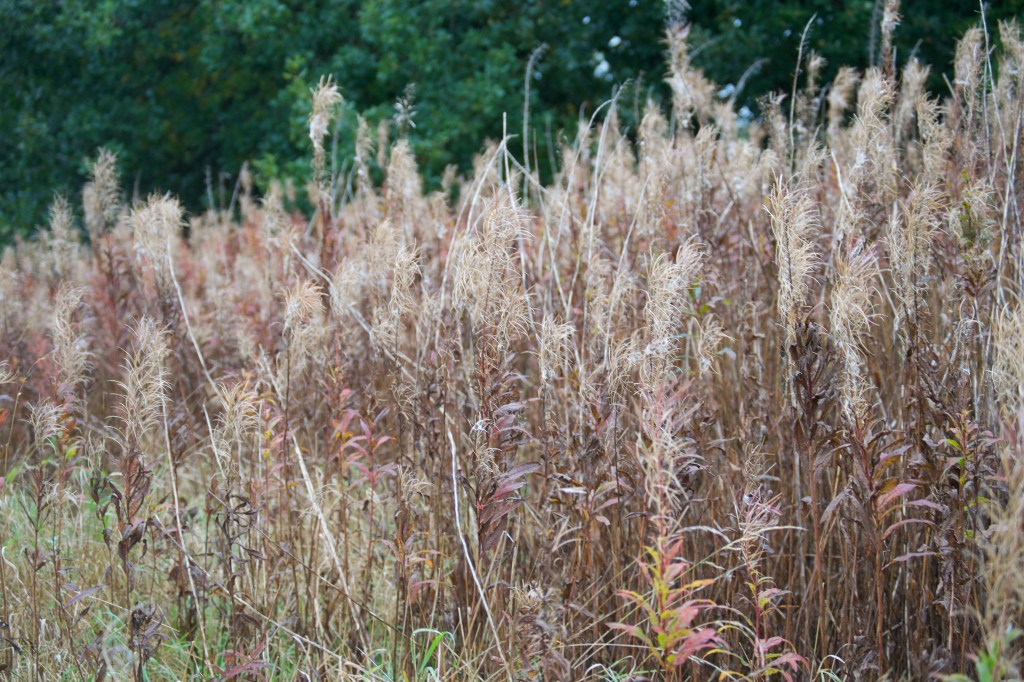
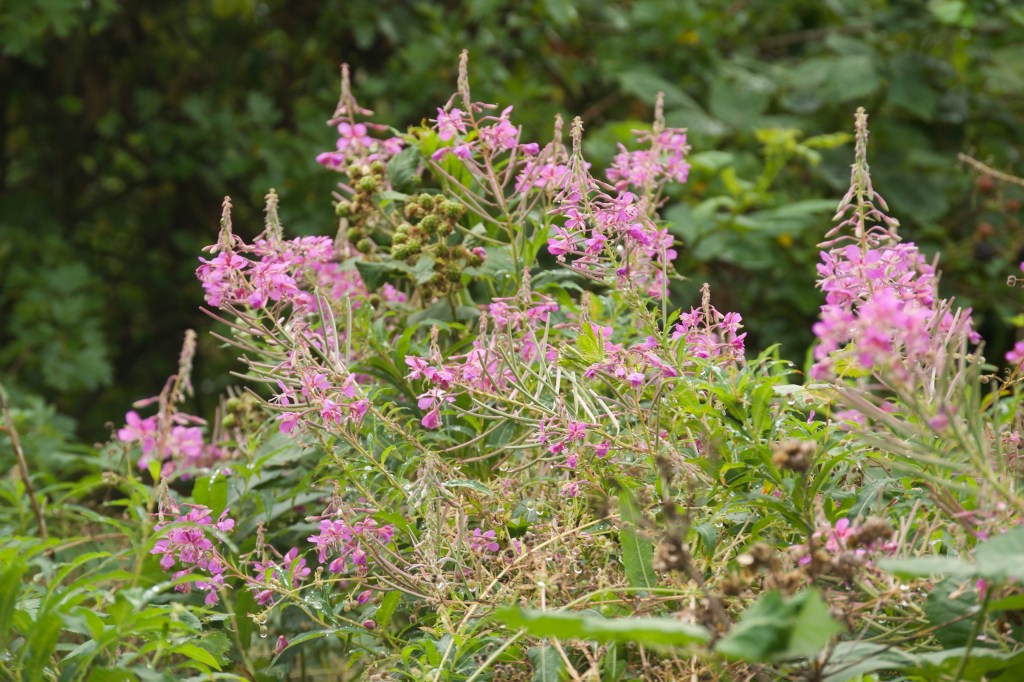
That was an interesting read! I love the picture of the swirling grass.
LikeLiked by 1 person
Thank you, I love the grass too!
LikeLiked by 2 people
That “tainted by the devil” echoes similar old sayings here in Ireland and I believe it is simply a warning not to eat the blackberries so late in the year as they may have deteriorated and have fungal infection and so be a danger to health.
I’ve picked and made Blackberry Jelly and Rosehip Jelly this year but haven’t bothered with elderberries – I once made an Elderberry port which was only dynamite – made as a wine, but very heavy on fruit to give a very full body, coaxed along to about 14% alcohol and then fortified with vodka to bring it to about 20%. Boommmmmmmmmm!
LikeLiked by 2 people
Ha! You’ve made me smile!
LikeLiked by 1 person